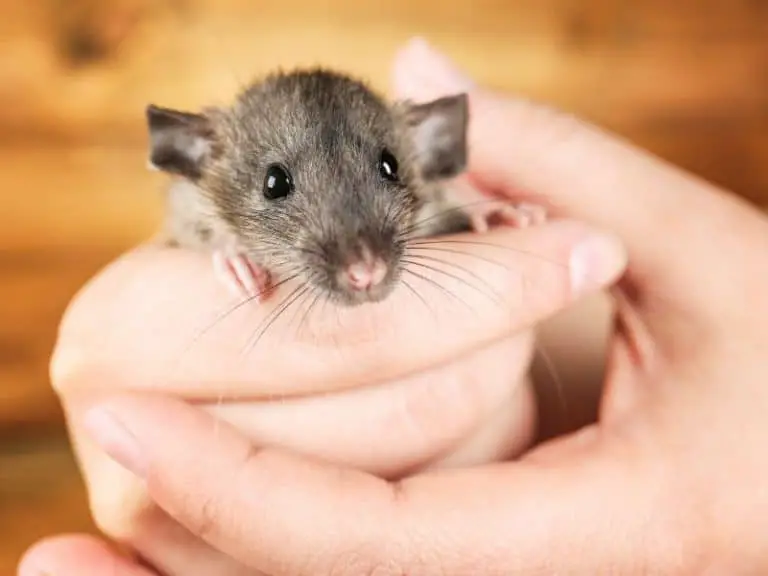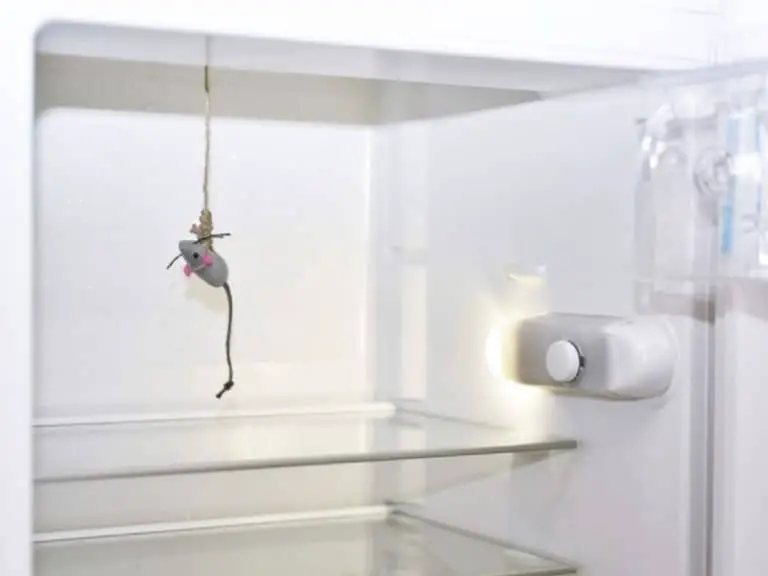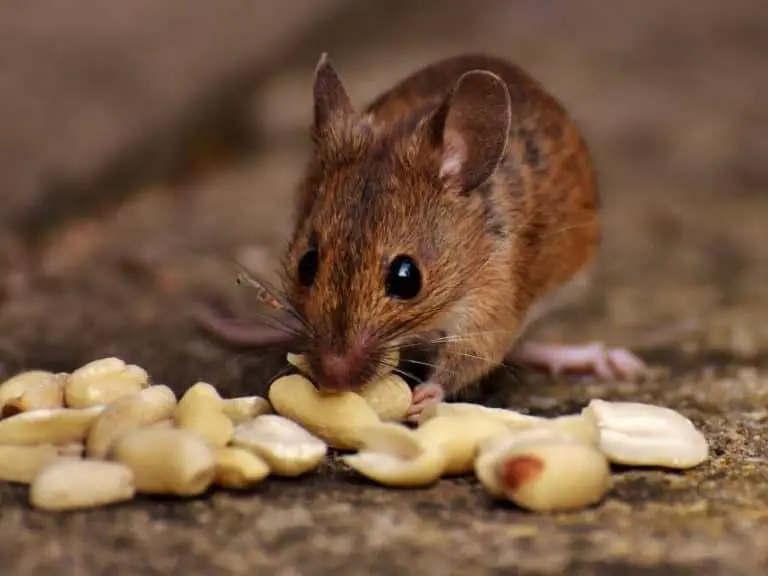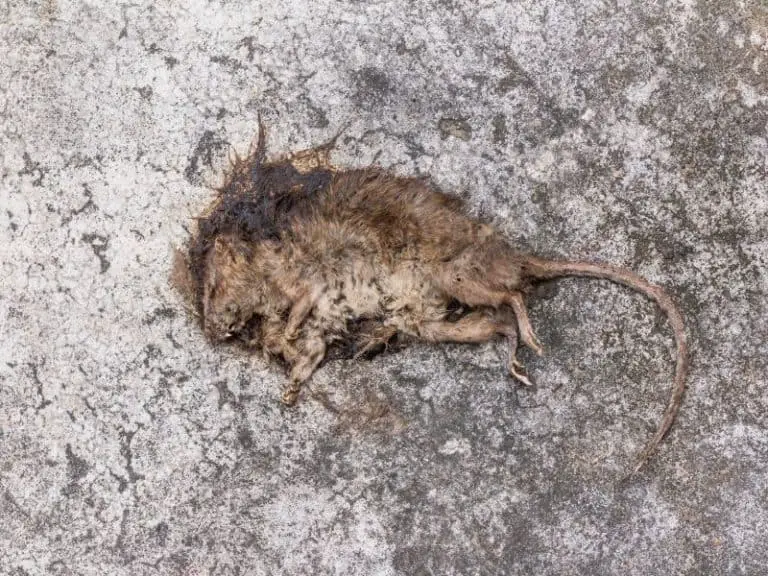Did You Know Why are Some Mice Hard to Catch?
Some mice can be hard to catch, and the persistence of this pest in our homes and buildings makes many people wonder why pest control products and mouse traps are not effective. Mouse trapping may be the most misunderstood control method for mice, and neutralizing mice with traps may be more difficult than most people think.
Some mice are hard to catch because you need to have an intimate understanding of mouse traps and trapping, as well as a deep knowledge of mouse habits and behavior. You need to use the right trap and its placement, the right bait, and a holistic and comprehensive eradication program.
You may think that it is easy to determine why mice are not caught by traps, but actually, the answer is not that obvious.
Mice see threats differently than humans do, and they do not look at a trap and see that it is a spring-operated contraption designed to kill or catch them.
It is their instincts and other factors that make them sense that they must steer clear of those traps.
We should have in-depth knowledge of their behavior to understand how and why they avoid these traps. It will help you be more effective in your mouse eradication efforts.
Why Mice Can Be Difficult To Trap
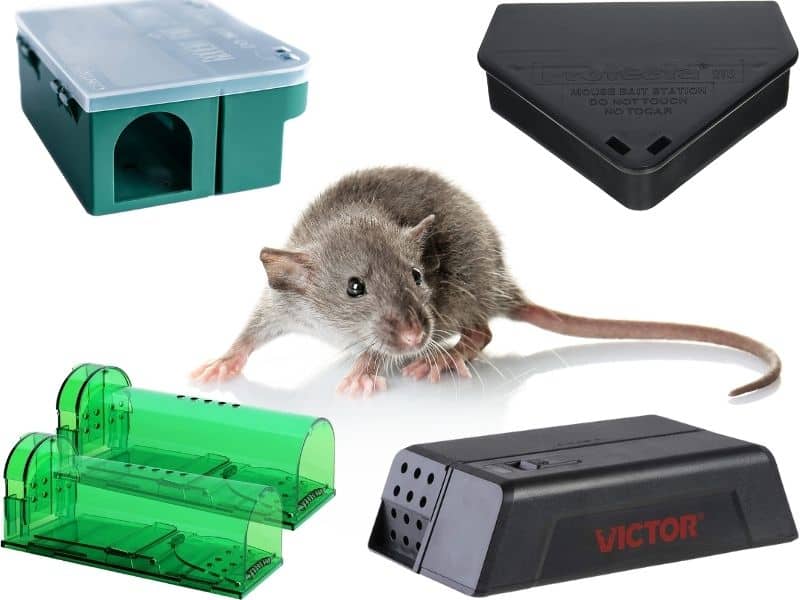
We will discuss the many mistakes made by people that make their trapping efforts a failure.
Wrong kind of trap
There are many kinds of mouse traps available commercially; however, not all of them are equally effective. Buying and using the wrong kind of trap will be frustrating and is a waste of effort and time.
This is due to the fact that mice are hardwired to avoid threats, a behavior that usually keeps them safe from mouse traps of several designs.
Related Post: Best Humane Mousetraps
Wrong placement of trap
Getting the right kind of trap is one step in the right direction, but you may still find it difficult to catch mice if it is set in the wrong place.
You need to understand some specific behavior and habits of mice to be able to correctly select the right location to set traps.
For example, placing your trap in the middle of the room will most probably not catch mice.
They are skittish in nature, and they prefer having one side of the body secured by being behind a wall. An open space is a place they do not want to be in.
Mice are not likely to take food from a trap located in an unsecured place. They prefer being safe and ensuring their survival first over acquiring food, which can be obtained on other occasions.
However, if the mouse is very hungry or is desperate enough, it may take the risk of leaving the security provided by the wall.
Wrong bait
The right kind of trap placed in the right location needs the right type of bait.
The best bait to use is peanut butter.
It is the ideal bait due to its several properties, one of which is the fact that it is sticky so that it cannot be easily licked off or consumed, thus facilitating the triggering of the trap.
Still, mice can surprisingly get to any bait without triggering your trap. They are quick and smart. They take the bait without letting their guard down.
They do not take the bait carelessly; instead, they keep themselves alert while eating. It is this behavior that helps them get the bait, spring the trap, but still not get caught.
A false sense of success
One of the biggest mistakes that you could make when trying to eliminate your rodent pest problem is the feeling of success you may get when you actually manage to catch a few mice.
Successfully trapping some mice is not nearly enough to eliminate these pests. This is due to two facts: mice have a fast reproduction rate and they are smart enough to learn how to avoid traps.
Once you do not see mice in your traps anymore, you cannot automatically assume that they have already been wiped out. It may only mean that they are already staying away from your traps.
Insufficient effort
Despite doing everything properly with the right trap, the right bait, and the right trap placement, it is still quite possible that you will still not be able to eradicate all the mice pestering your home.
For one, you may have left unsealed the entry and exit points they use – that is, the holes they made to access your home – so that they can still invade your house. There are also other things that attract mice to your home and make them stay there.
Failing to account for their sense of smell
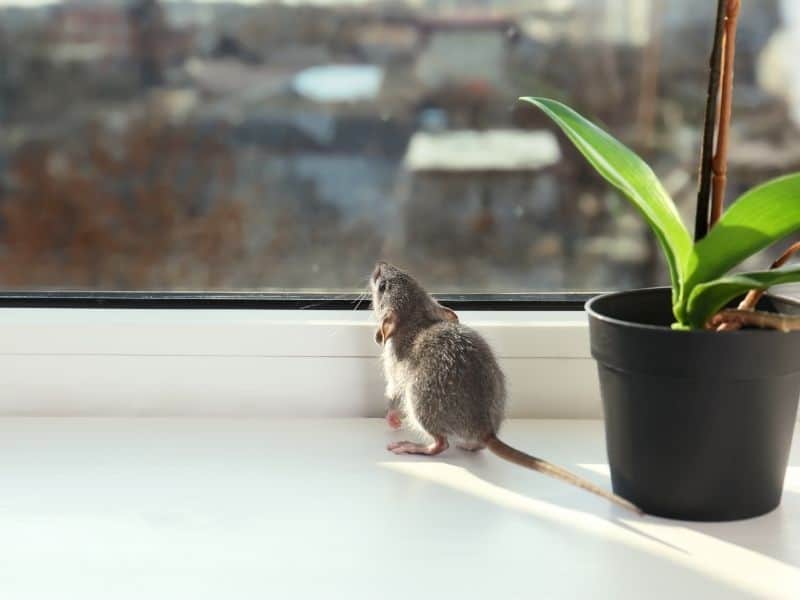
Rodents, including mice, have a superior sense of smell.
They need this acute sense for their survival, and they use it effectively when smelling out traps.
Mice know how humans smell, and if they detect this smell on the trap, on the bait, or around it, they will sense danger and will not take the bait. They will avoid your trap and your trapping efforts will be wasted.
One way to avoid this problem is to ensure that you do not transfer your smell on the trap and the bait. You can do this by wearing gloves during the entire process of preparing and setting the trap.
Mice are also able to use their smelling capacity to identify threats from your trap. Being able to smell the dead carcass left by other trapped mice will cause them to avoid the trap.
They will sense danger and death in the trap or in the area and will avoid that place and be wary of your traps.
To avoid this, remove the mice you caught immediately, and do not let them rot in the trap. You may also clean the trap to remove the scent of the dead mice or your own human scent off the trap.
Alertness of mice
Mice are every alert, even in the midst of newly found food.
They never cease their cautiousness, for their survival literally depends on it. Even when they are feeding, they are very much alert, which helps them take baits from snap traps without getting caught by them.
As a trap is sprung, mice can react instantly thanks to its heightened alertness. In addition, its timid behavior in nibbling food also helps it escape.
To gain the advantage, you can group your traps, so that even if a mouse escapes one of them, they will more likely be caught by the other traps.
How To Successfully Eliminate Mice
In the battle to eradicate mice in your home, building, or property, it is not enough to simply trap them effectively. Mouse traps are just one part of the equation in the elimination of rodent pests.
A more effective and encompassing control program is comprised of several methods used simultaneously and in conjunction with one another.
As a home or property owner, you should always be aware of signs that show the presence of mouse pests. Moisture problems can be eliminated with a dehumidifier, especially in areas prone to drips and leaks.
You should always keep your food secure in rodent-proof lids. Never leave food unsecured at any time. This will encourage mice to look elsewhere for food. Food is one of the main reasons why they enter and colonize homes.
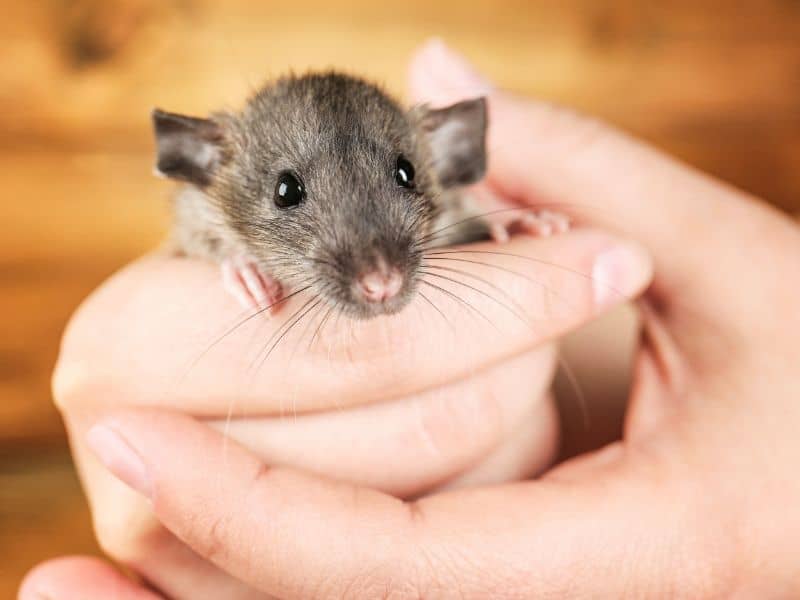
In addition, seal all the tears, cracks, crevices and every other entry point that can give mice access to your house. Mice can utilize openings that are as narrow as a dime’s diameter.
Keep your home well cleaned, tidy, and organized to make it as unattractive to mice as possible.
If you really want to make sure that you are doing it right, you can acquire the services of a professional pest control company that eliminates mice and other pests for a living. Most of the time, it is as simple as leaving the problem to the experts.
Pest control professionals may be the best option for you because they have the proper education in the field of pest control.
They have experience which most homeowners simply do not have; and they possess the expertise to make sure that the best and appropriate eradication program is implemented that is safe for you, your children, and your pets.
Related Post: Is Quarterly or Monthly Pest Control Worth It?
Good to Know Facts
What bait items do mice find irresistible?
Mice are primarily seed and nut eaters. In mouse traps, mice are most attracted to hazelnut spread and peanut butter. They also get enticed by chocolate due to their need for calories.
In addition, they are also attracted to the following food: bird seeds; sunflower seeds; pumpkin seeds; breakfast cereals; marshmallows; jelly beans; gum drops; dog food and cat food; deli meats; cookies; beef jerky; bacon; crackers with butte.
Also smelly soft cheese like Camembert, Brie, and blue cheese, the smell of which is stronger than other types of cheese.
Mice are also attracted to twine, dental floss, and yarn, since they need them for making nests.
Where can mice be found during daytime?
Mice sleep during the day secure in hidden nests that are usually hard to find and are secluded.
Sources
- https://www.actionpest.com/blog/post/why-mice-avoid-traps
- https://www.victorpest.com/advice/id-your-problem/house-mouse/trap-baits
- https://www.victorpest.com/articles/mouse-trap-mistakes
- https://www.wittpm.com/why-arent-mouse-traps-effective
Photo credit: ©canva.com
Medical Disclaimer: TheHomePestControl is a digital publisher and does not offer personal health or medical advice. The contents of this website are not intended to substitute for professional medical advice, diagnosis, or treatment.
Affiliate Disclaimer: As an Amazon Associate, I earn from qualifying purchases made on our website. If you make a purchase through links from this website, I may earn a commission at no additional cost to you.

